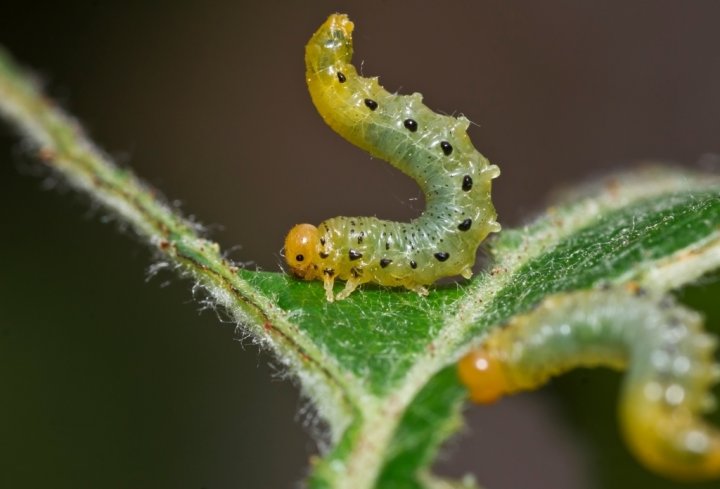
Gardeners often come across such a pest of roses as green caterpillars. They do great damage by eating their buds, leaves, and buds. This not only spoils the appearance of the flowers, but can also cause them to die.
Therefore, we recommend that everyone who grows such a plant or decides to do this business for the first time get acquainted with the causes and signs of the appearance of these pests, as well as folk methods of combating them.
Causes
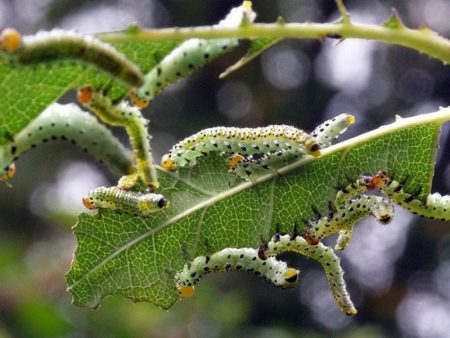
Caterpillars can appear on roses at the time of emergence of young shoots or leaves. Depending on the climate of the area where the flowers are planted, this occurs from May to June. Usually they are the larvae of the rose leaf moth. These butterflies begin to fly in spring when the air temperature reaches +15 degrees. Within 2 weeks, they lay eggs, from which at the end of May caterpillars appear that damage the plant.
The main reason for the defeat of rose bushes by such pests is the wrong choice of their place of planting.
Green caterpillars prefer flowers that grow in the shade or place with high humidity. If the rose is on the sunny side of your site, then the risk of butterfly larvae on it will be significantly reduced. Sometimes on flower bushes you can see no more than 5-10 individuals, and in some years their number reaches such a figure that the plant becomes completely clung to them.
Weather conditions can also affect their occurrence and abundance. Frequent rains create a favorable habitat for plant pests. The larvae of many insects spend the winter on the bushes, so gentle frosts and relatively calm weather cause many caterpillars to appear. With the onset of spring, you need to inspect the old rose bushes in order to timely eliminate the problem that could lead to their death.
Signs
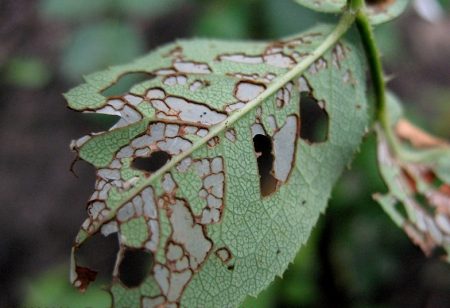
To preserve the beauty of the rose, you need to pay attention to its appearance. If you notice sudden changes, then this may indicate the presence of pests.
The main signs of green caterpillar damage:
- the appearance of holes on the leaves. Subsequently, they undergo severe deformation or only veins remain from them;
- in rosebuds there are no pistils and stamens;
- flower petals are deeply gnawed;
- as the caterpillars are on the rose for a long time, it begins to weaken due to lack of nutrients and loses its presentation.
Leafworm larvae braid leaves and flower petals with cobwebs, forming a refuge for themselves to pupate.
All leaves with cobwebs must be removed to prevent the emergence of a new generation of pests.
Treatment
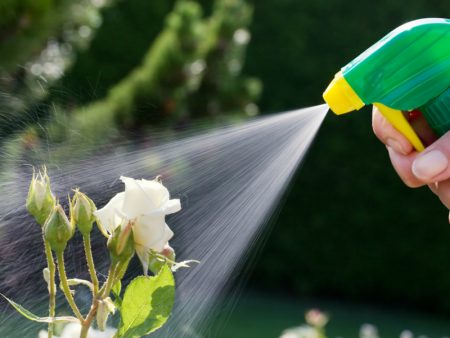
The first thing you should do when you find caterpillars on a bush of flowers is to pick them off with your hands. If their quantity is excessive, it is possible to save roses from the pest by spraying the plant with agents prepared according to folk recipes:
- burdock solution. To prepare the product, a third of the bucket is filled with leaves of the plant, filled it to the top with water and insisted for 3 days;
- decoction of nightshade. 5 kg of crushed leaves of the plant are put in a bucket and 10 l of water is poured into them. The product must be boiled for 4 hours, and then strain and add 4 l of water to it. After cooling, the broth is ready for use;
- a decoction of wormwood. 1 kg of the plant is poured with 3 liters of water and boiled for 10 minutes. After this, another 7 liters of water are added to the broth and the agent is left to infuse for 10 days.Wormwood has a good antiseptic property and this helps scare away pests from the rose;
- mustard. It can be strewed with the top layer of soil around the bushes, which will not allow green caterpillars to climb a plant from the ground. A solution of mustard is prepared by adding 100 g of its powder in 10 l of warm water. The product is thoroughly mixed so that the mustard dissolves as much as possible. Then it is sprayed on rose bushes, leaving them in this state for at least 3-4 hours. The best effect is achieved when the solution is on the plant for 24 hours. This method is used by many flower growers and gardeners because of its 100% effectiveness.
When treating plants with folk remedies, one must not forget about the means of protection, since some of them are poisonous. If it gets on the skin or inside the body, a person may develop an allergic reaction or severe poisoning.
Folk remedies are not enough to use 1 p., So if necessary, repeat the procedure after 2-3 days.
Insecticides should be used only if there is no result and the caterpillars further eat rose bushes.
The main thing in the matter of treatment is time. Begin processing the plant at the first sign indicating the appearance of pests, or the detection of at least one green caterpillar on the leaves or buds of a rose.
Effects
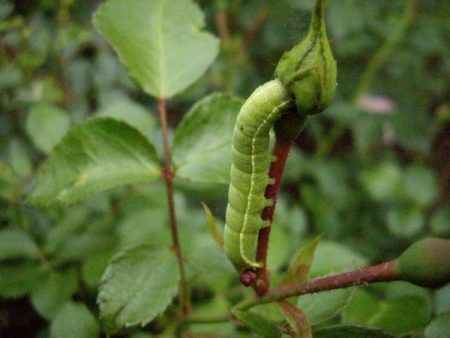
When the caterpillars settle on a flower, then they begin to eat its leaves and buds. This significantly spoils the appearance of roses. They lack the necessary nutrients, weaken and lose their beauty. The buds become small and pale, the leaves are deformed or only streaks remain from them. For people growing flowers for sale, this causes great material damage.
In the absence of timely actions to eliminate pests, the risk of plant damage by various diseases increases. Excessive number of tracks in a short period of time causes the death of roses.
Resistant varieties
According to the advice of flower growers, it is better to plant varieties that have an increased ability to withstand green caterpillars:
- Angela
- Don Juan;
- Westerland;
- Knirps
- Lucia
- Scarlett
- Sympathy;
- Freesia;
- Schneewithhen;
- Utersen.
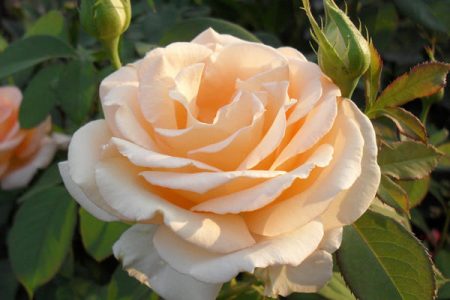
Prevention
To reduce the likelihood of roses being damaged by such pests, it is recommended to carry out some preventive actions:
- hang traps for butterflies, the larvae of which harm the flower, throughout the area. To do this, glue small houses from paper into which sticky sheets soaked in pheromones are placed;
- after opening the roses, you need to carefully examine its stems. If a masonry with a bark is found, then it is removed. When the caterpillars are located at the ends of the shoots, these sections are cut and treated with copper sulfate;
- all plant residues must be burned off site;
- Until the buds open, you need to spray the flowers with nitrophene, and in May with bifentrin.
Advice
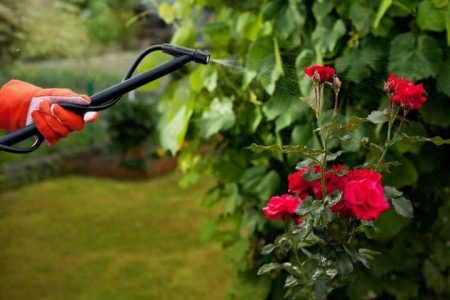
So that the used pest control products bring greater efficiency and do no harm, growers are advised to follow certain rules:
- To apply solutions to rose bushes, you need to spray the plant from all sides with small sprayers that create a fog effect. This will eliminate the larvae that hide under the leaves or buds by wrapping the affected area with healing fluid. If you use jet sprays, then the discharged solution will knock down a certain number of tracks, and then drain to the ground;
- with excessive pests, it is better to use chemicals;
- treatment of the plant should be carried out no earlier than the air temperature reaches +15 degrees;
- use protective equipment (glasses, gloves).
Flowers with stiffer leaves are less likely to be hit by caterpillars, so they are more preferred for growing. You need to choose a place with enough heat and light. This will not only reduce the risk of pests, but also have a beneficial effect on plant growth.
Reviews
Caterpillars appeared at the same time on an old rose bush and on a planted one. From the little one I wrapped them in my hands, and the big neighbors advised me to spray with mustard. I carried out the procedure in the morning with a broom, and in the evening I bathed roses in clean water. After 2 days, spraying with mustard was repeated and more of these pests did not appear.
Maria, 29 years old, Voronezh
This summer, I noticed that holes appeared on the leaves of roses. I examined the bush and found caterpillars. A neighbor in the country suggested a recipe for a means to combat them - a burdock solution. It grows a lot with us, so collecting leaves is not difficult. I sprayed the bushes 3 times and the problem was solved. Now every spring I inspect the stems so as not to miss their possible appearance.
Tamara, 34, Samara
Green caterpillars are very dangerous for a rose, especially if you do not perform actions to destroy them. In order to avoid damage to flowers by such pests, you need to choose the right place for their planting and do not forget about prevention. If they are found on leaves and buds, immediately spray with medicinal products, because the beauty of roses largely depends on timely assistance to the plant.

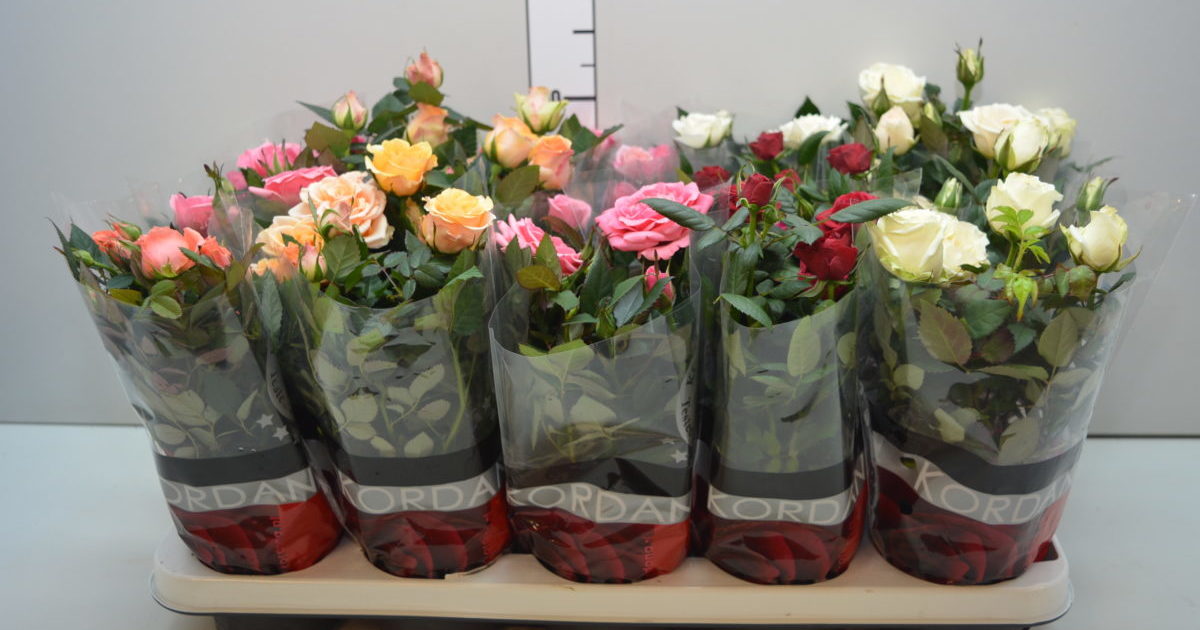
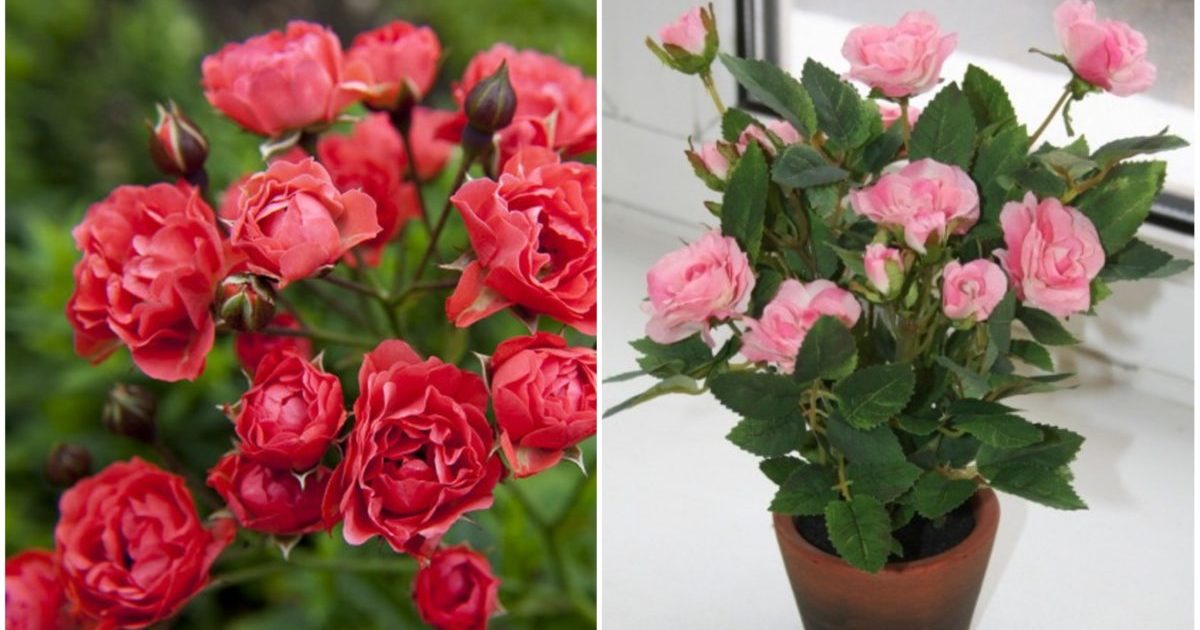
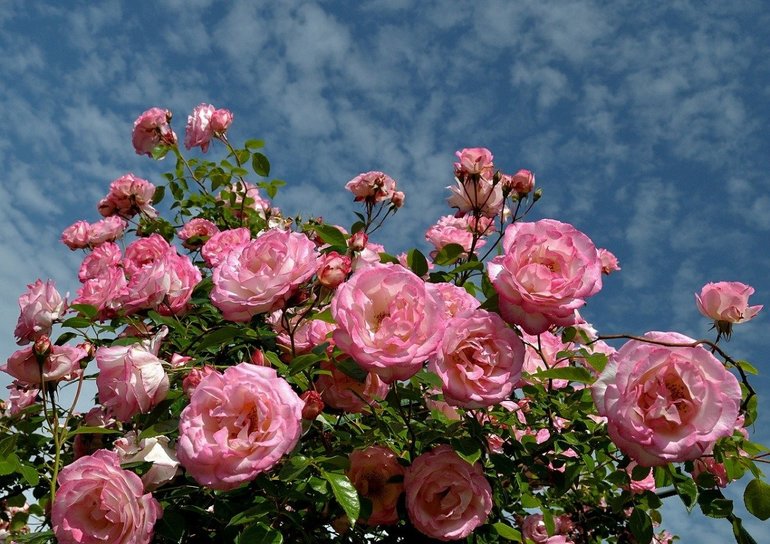
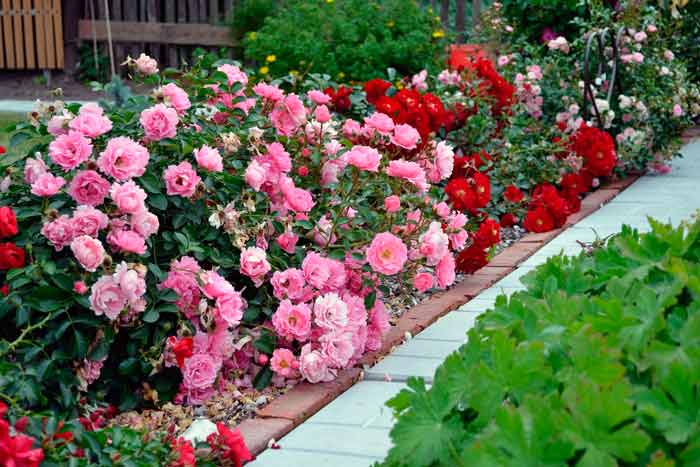 Shelter of roses for the winter: at what temperature does the robot hold
Shelter of roses for the winter: at what temperature does the robot hold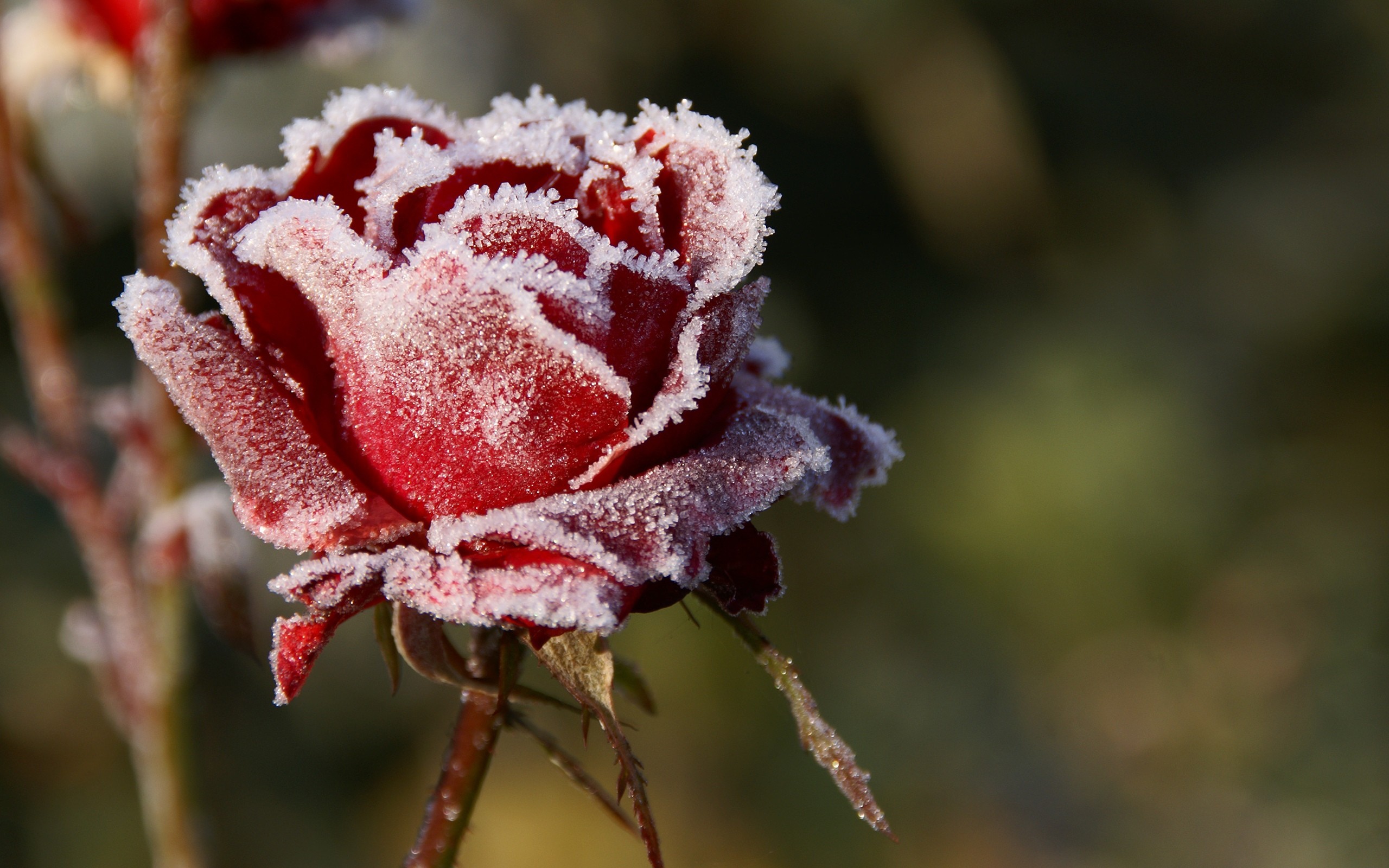 How to prune roses in the fall: timing, pruning rules, pros and cons
How to prune roses in the fall: timing, pruning rules, pros and cons What are the varieties and types of roses
What are the varieties and types of roses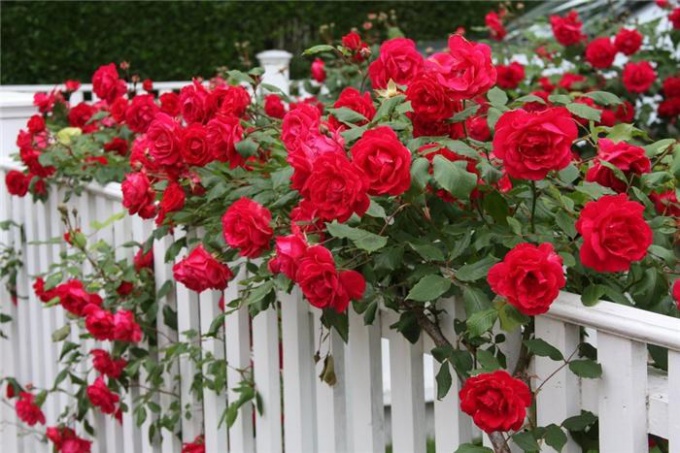 How to process roses with iron sulfate in autumn: proportions, advantages and disadvantages
How to process roses with iron sulfate in autumn: proportions, advantages and disadvantages